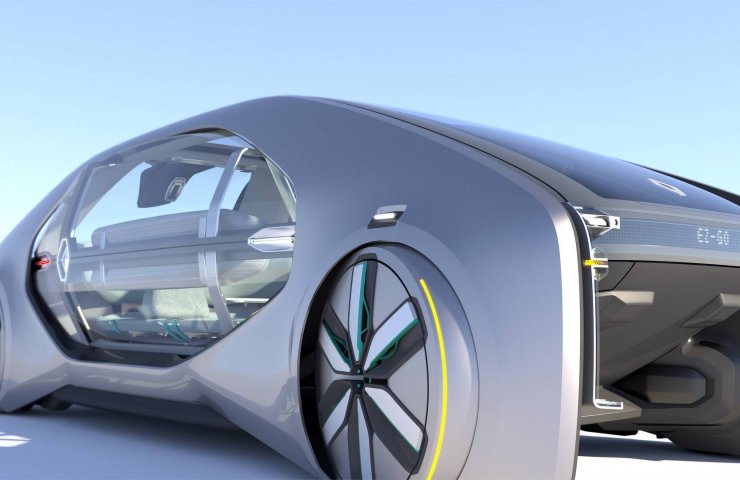Road transport is at a critical intersection. Mobility patterns and methods of moving from A to B are changing in response to the disruption of new technologies and more sustainable approaches to resource management.
Operators look at how we move and the conditions in which we do it. Vehicle ownership is likely to decline thanks to integrated ride-sharing, sustainable public transport and automated vehicles, which will make up a large proportion of travel.
This change should be reflected in the infrastructure that supports these new mobility methods. Specially designed road signs and architecture are designed to interact with automated vehicles, while the quality and predictability of our road surfaces will become increasingly important.
Steel-intensive technologies such as battery storage and integrated charging infrastructure for electric vehicles are also key factors to consider for the next generation of road transport to become widespread.
Several providers have explored the possibility of installing charging infrastructure on the roads themselves, using steel belts in the tires of the car and steel electrodes under the road surface to allow charging while driving.
Reinventing the wheel?
Not only the transport infrastructure is changing, but also the design of car interiors and exteriors is being revised in accordance with changing ergonomic requirements. These new vehicles will be more of a shared living or work space on wheels than a traditional car or van.
The Renault EZ-GO concept can comfortably accommodate six passengers, while batteries and an engine located under the car floor and a panoramic glass roof structure provide a comfortable ride and maximum visibility of the exterior and passenger comfort.
As automotive design becomes more harmonious with interiors and living spaces, the need for more space available in vehicles, without compromising safety, will only grow.
In addition, as the population grows and the number of car owners is likely to decline, it is imperative to ensure that public transport services can cope with the increase in passenger numbers. The need for more efficient and sustainable transport will inevitably lead to more people traveling in fewer vehicles.
Place for steel
The introduction of automated transport solutions will once again draw attention to safety. Some concepts, such as the EZ-GO, will have limited speed limits to ensure safety, and light and sound displays to inform pedestrians due to their quiet operation.
Even with these measures, a reliable vehicle chassis will be required in the event of a collision. Advanced High Strength Steels (AHSS) can offer this protection without forcing automotive designers to compromise on panoramic views, comfort and interior adaptability.
The weight advantages of AHSS will also be of paramount importance as operators strive to squeeze the most performance out of battery technology. Reducing weight without sacrificing safety will allow for greater maximum ranges for e-vehicles, with a corresponding impact on networks as charging stations can be more dispersed.
Batteries will also require a high level of collision protection, with rugged housings critical to optimize battery placement for ergonomic considerations without compromising safety.
High quality electrical steel will also help reduce core loss in electric motors, improve efficiency, and increase range. The extraordinary strength of the new electrical steels means they are also capable of withstanding high levels of mechanical stress, extending motor life and allowing smaller, high-speed motors to be used, which save space and weight.
A new wave of vehicles will once again draw attention to sustainability, safety and passenger comfort. Clearly, if future mobility systems overcome all three of these key challenges, then steel will play a key role.





